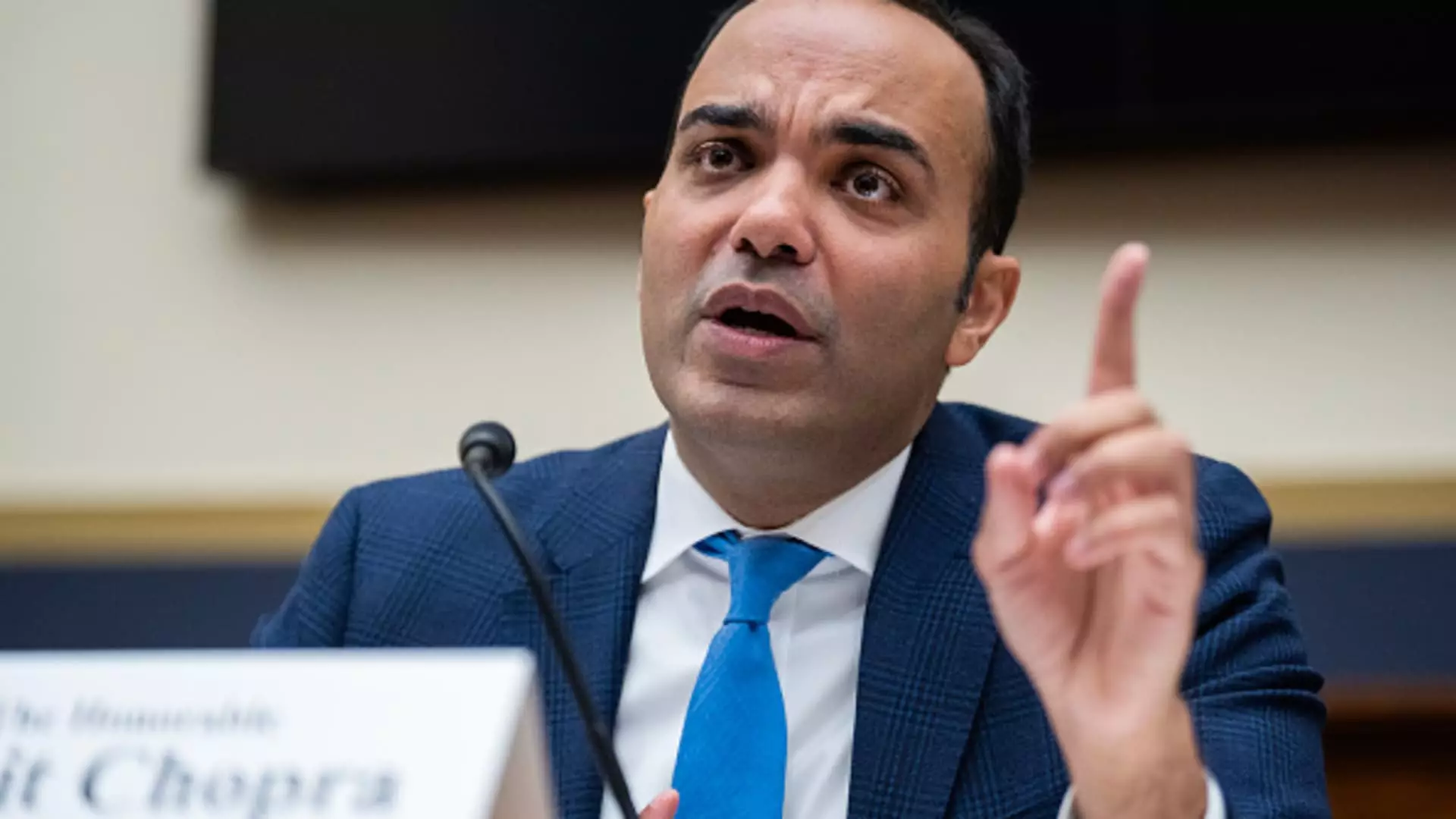The landscape of consumer banking is on the verge of a significant transformation, as the Consumer Financial Protection Bureau (CFPB) introduces a new rule aimed at curbing the often-exorbitant overdraft fees charged by banks. With the CFPB projecting an annual savings of $5 billion for American consumers, banks will be forced to rethink their approaches to these fees, which have been a contentious issue for many years. Let’s explore the implications of this new regulation and its potential impact on both consumers and the banking industry.
The newly announced rule specifically targets banking institutions with assets of at least $10 billion, requiring them to either drastically reduce the overdraft fee to a mere $5 or limit the charges to an amount that reflects their actual costs. Alternatively, banks can continue to impose fees but are obligated to clearly disclose the interest rates attached to these overdraft loans. This measure aims to bring more transparency and fairness to a system that has often left consumers in the dark about the financial implications of overdrafts.
CFPB Director Rohit Chopra emphasized the necessity of this ruling, pointing out that large banks have long leveraged a regulatory loophole that has siphoned off significant funds from consumers’ accounts, underscoring the injustice inherent in these steep fees. Historically, overdraft fees have generated staggering revenue, totaling $280 billion since the year 2000. However, the tide appears to be changing as banks themselves start to recognize the negative public sentiment associated with these charges, leading some to eliminate them altogether.
For many consumers, overdraft protection has been a double-edged sword. While it provides a safety net during financial emergencies, the costs associated with overdrafts can be overwhelmingly burdensome. The CFPB’s efforts to restrict these fees address a significant consumer grievance and aim to increase financial well-being among Americans, particularly those living paycheck to paycheck. Policymakers hope that providing clearer options and less punitive fees will empower consumers to make more informed financial choices.
Unfortunately, the banking industry has voiced strong opposition to this new regulation. Many banking groups argue that limiting overdraft fees could restrict access to these services altogether, potentially driving consumers towards more exploitative forms of credit, such as payday loans. The Consumer Bankers Association, for instance, expressed its concern and indicated that it would “explore all options” in an attempt to counter the rule. This pushback highlights a fundamental tension between consumer protection and banking profitability.
The new regulations are part of a broader effort by the Biden administration to combat what it terms “junk fees,” which are fees that consumers incur without receiving a corresponding value in return. This movement follows a trend of regulatory action aimed at enhancing consumer protections across various industries. Nevertheless, the path to enactment is fraught with challenges. With pushback from lobbying groups and potential changes in leadership after the presidential elections, the ultimate fate of the overdraft rule remains uncertain.
As we move toward the implementation date of October 1, 2025, it is essential to consider the potential implications of these reforms not only for consumers but also for the banking sector itself. While the banks may seek alternative revenue streams to compensate for the loss of overdraft fee income, consumers may experience a marked shift in their financial interactions. This change could lead to a long-overdue reevaluation of the banking relationship, where transparency and consumer welfare take precedence over unfettered profitability.
The CFPB’s new rule aimed at limiting overdraft fees represents a critical step in enhancing consumer protections in banking. As the financial landscape evolves, the conversation surrounding these reforms will undoubtedly continue, shaping the future of consumer finance for years to come. Whether this rule will withstand industry resistance and remain effective will depend on the ongoing dialogue between regulators, banks, and consumers alike, bearing in mind the ultimate goal of fostering a fairer banking environment for all.

Leave a Reply